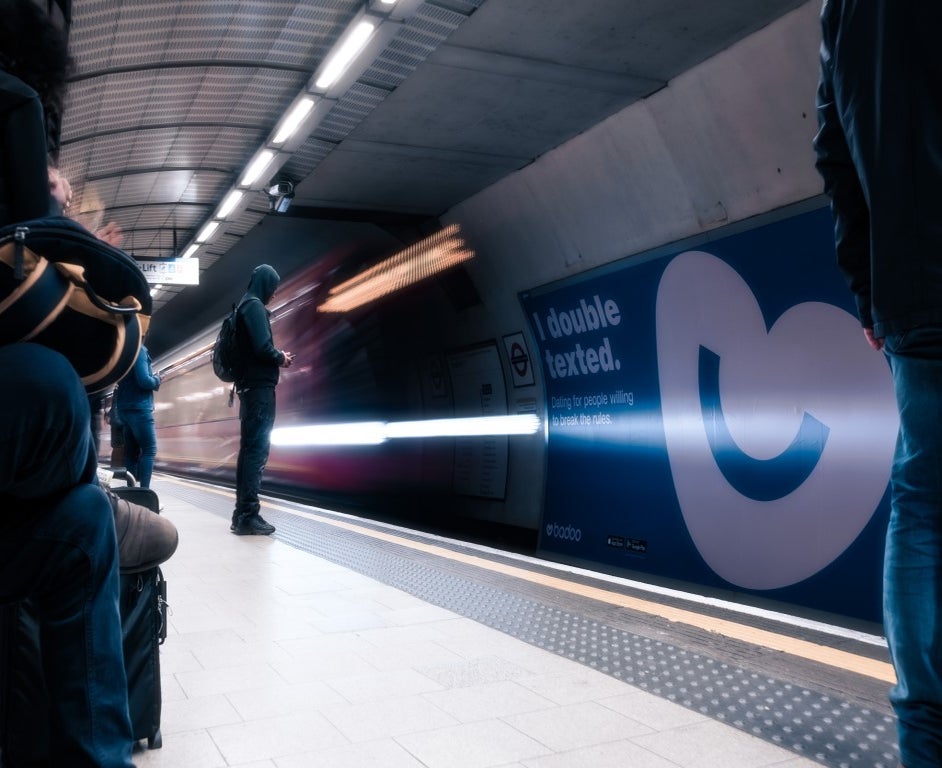
Planning for behaviour in OOH
As marketers we tend to be obsessed by consumer behaviour and rightly so. After all, our job broadly speaking, is to develop customer centric products and services that meet a consumer need then frequently remind people that our product is better than an alternative. So, understanding those consumer needs and motivations is pretty much central to what we do.
But just because you create something eminently desirable doesn’t mean people are going to buy it. That requires another way of thinking. We are creatures of habit, resistant to change and that is something that marketing, or at the sharp end of it, advertising, is charged with disrupting.
There are a wide variety of factors that influence our behaviour – need states being the primary one, underpinned by factors such as environment, age, culture, family status and disposable income. Understanding how these might manifest themselves in relation to media consumption can help us to plan it more effectively.
Psychologists use the phrase intention to action gap, to describe the finding that changing motivation or intentions is often not enough to change behaviour. To overcome the intention-action gap, they argue that habits need a cue or trigger to stimulate the desired behaviour.
When you think about the OOH channel, the media infrastructure is actually designed around patterns of consumer behaviour. So, as a medium OOH lends itself strongly to behavioural media planning, with targeting triggers around context, communities, and locations.
And location is hugely important. In 1975, Godden and Baddeley, two psychologists from the University of Stirling conducted an experiment. They recruited a large group of scuba divers and asked them to learn 36 words. Half of the scuba divers learnt the words on a beach and half of them learnt the words underwater. They then mixed up the groups and asked them to try and remember the words they had learnt. Half had to recall the words underwater and half on the beach. When they analysed the results they found that when learning and recall location were the same (e.g., both underwater), 46% more words were remembered than when the learning and recall location were different (i.e., dry land and underwater).
So, memory is location dependent and when we are out of home we move from one location to another all the time. These movements are often habitual behaviours and we are therefore subconsciously primed to create associations with these environments, so relevant OOH messaging can trigger a response, often a search. We also know through our recent research study ‘The Point of Search’ that search is now the predominant way that consumers actualise specific needs, so understanding the context of why and where these searches take place is paramount if we are to effect behaviour change.
OOH is a huge canvas and hard to ignore, it can’t be skipped, blocked, or switched off and delivers pretty much 24/7 exposure, thus continually proves its worth to brand owners. But in this fragmented media landscape OOH offers a bigger opportunity. Brands must look to understand how to behave in the context of OOH, how to show-up and earn consumers attention when attention is in short supply.
Data can provide us with huge amounts of behavioural insight that we can apply to the OOH environment. A rich view of where and when relevant interests, likes and actions are most prevalent. And transaction data gives us insight on consumer spend, how frequently, how much., and where it takes place. In addition, and within our own platforms, we can absorb a range of behavioural data from 1st Party client data to reveal the primary locations of specified cohorts and like-minded communities. We are able to visualise the audience geography and refine location to the highest indexing hot-spots. Add Route data and we can easily plot all relevant OOH inventory within hotspots to position brands in close proximity to our behavioural planning audience.
It is also important to remember that moods, and therefore behaviour, are impacted by our environment, enhanced by social settings for example – what you are doing, who you are with, when you are doing it, and what your mindset is at that time. OOH has a diverse range of formats in multiple environments and social settings, and how we consume OOH media in those environments has an important bearing on what we think and feel about brands: The Ubiquity and Proximity of 6 sheets builds memory structures through frequency. The stature of OOH builds trust confidence in a brand. Digital adds premium credentials with the flexibility to be relevant and distinctive, able to deliver messages in real-time, triggered by a variety of factors such as weather or time of day, and customised sites disrupt habitual media consumption patterns to surprise & delight.
And creative is key, 2nd only to market share as a factor to maximise ROI. Leveraging the context of OOH through tactical ‘moments that matter’ connects the message more positively with consumers.
Fundamentally, effective OOH planning and creative needs to drive performance and change behaviour. So, understanding the complex web of societal factors, triggers and environments that influence behaviour in the context of OOH will help us to optimise planning and ultimately improve brand performance.
Scott Green - Strategy Director